article
/Dev TFT: Lessons Learned from Cybercity
summary
This article is a summary of the developer blog ” /Dev TFT: Lessons Learned from Cyber City ” by the TFT development team!
The successes and reflections from the elements introduced in the “Cyber City” set – hacks, item adjustments, reprinted units, new mechanics, etc. – are discussed in full!
Contents
Introducing and Evaluating Hacks
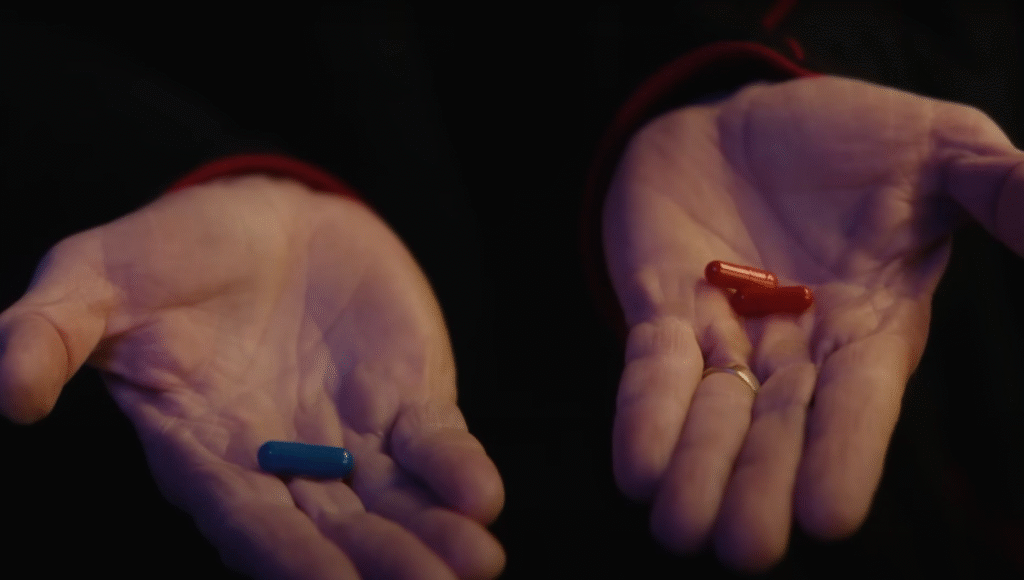
- Introduced as a mechanic to pursue the original fun of TFT , which is to “create a composition by layering selections.
- Various options such as immediate effect, long-term scaling, characteristic enhancement, and item enhancement added breadth to the composition
- Many hacks were highly rated, while hacks that simply added gold or loot were less popular (they only inflated the in-game economy).
- If they had more development resources, they wanted to explore the “treasure dragon” and “black market” elements more.
Trial and error in loot distribution
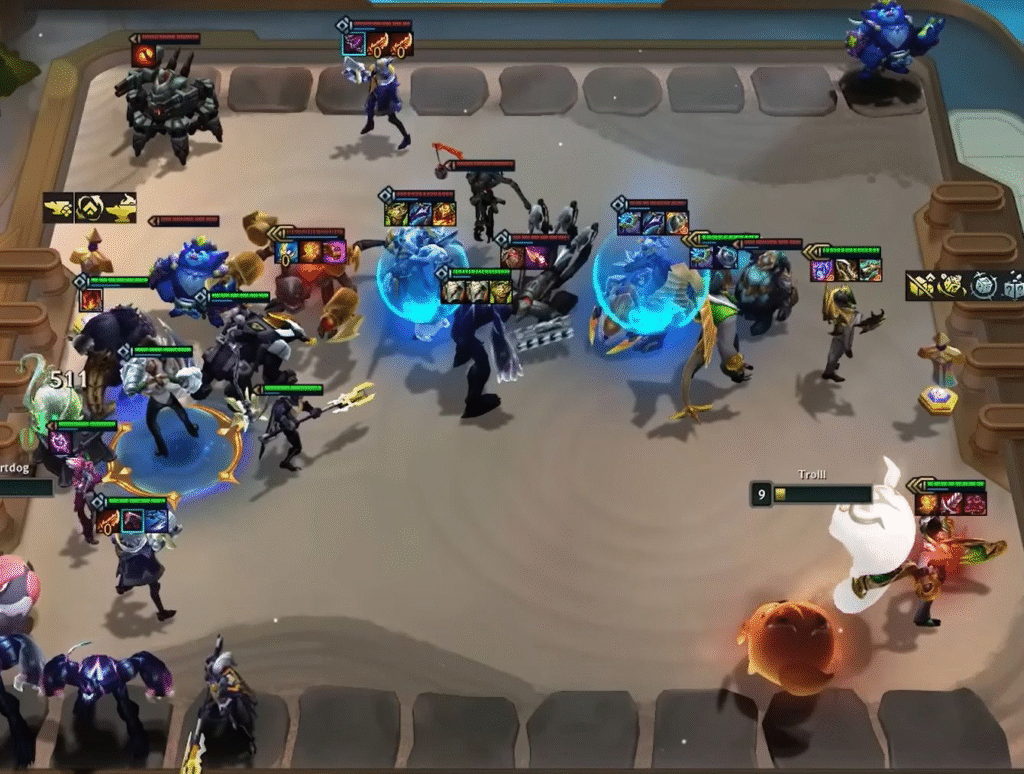
- Early on, there were too many drops and the game was skewed toward loot, so it took two patches to fix the problem.
- In some opening encounters, too few resources exist to prevent the composition from being established.
- 14.6 patch raises drop minimums and ensures stability on the resource side.
Impact of reprinted units
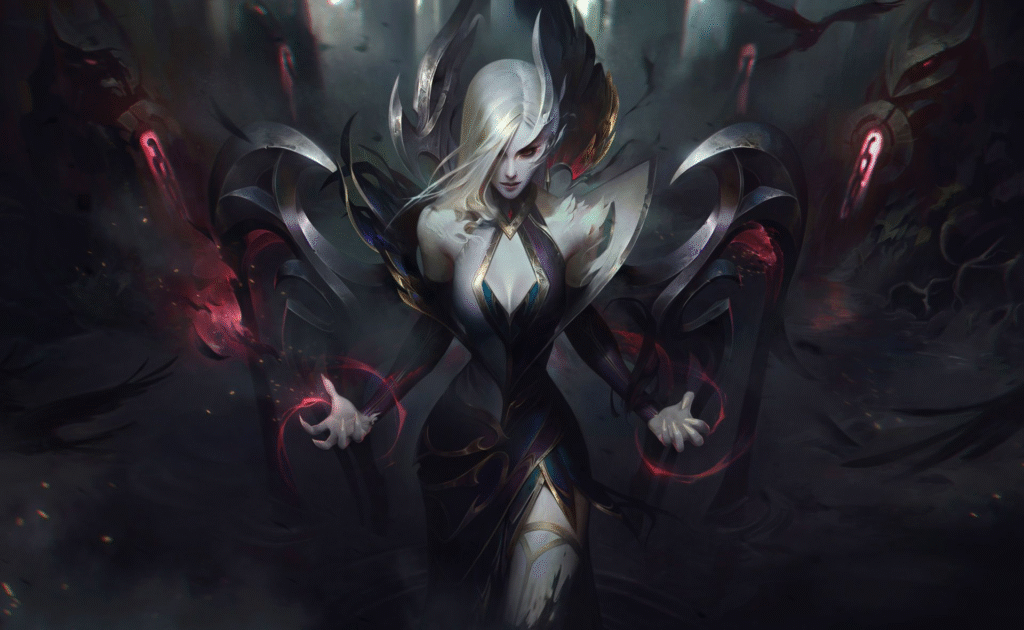
- Too much reuse of units/characteristics from “Into the World of Arcane” had taken away from the freshness of the set
- The aim was to lower the hurdle for new players to move on to the next set, but it did not lead to the desired result.
- We intend to reduce the frequency of reprinted elements and carefully select them in the future.
Rework Policy for Prismatic Characteristics
- The situation where someone could be lucky enough to complete a powerful combo such as “crest + trainer golem” early in Stage 2-1 was a major morale killer for other players
- Breaking away from the traditional ” collect as many crests as possible to activate them ” concept, the plan is to test and implement new activation conditions at the “K.O. Colosseum”.
- The experimental design also ensures flexibility to revert back to the original form if the response is poor.
Item rework of patch 14.5
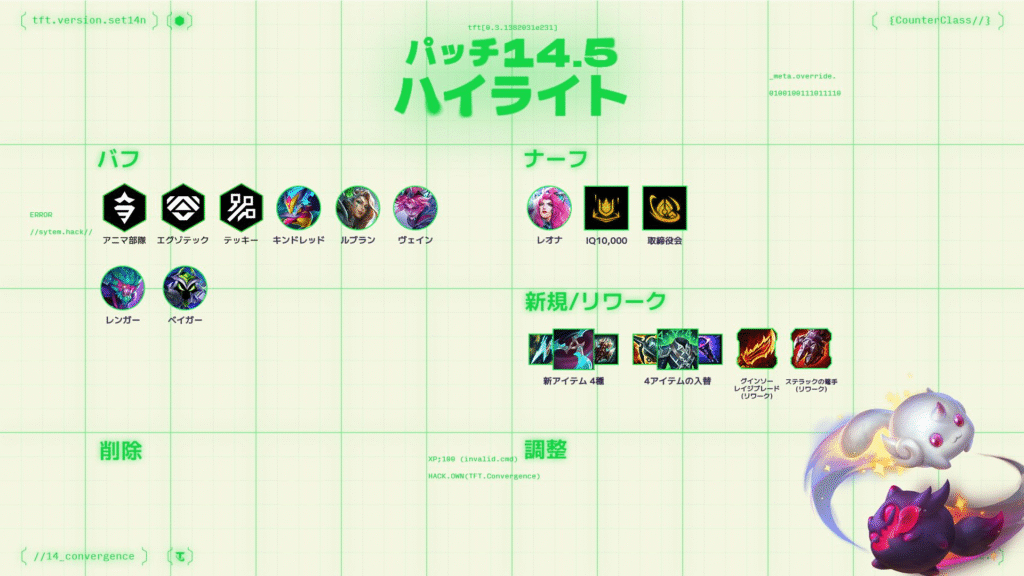
- Preliminary phased update of items to accommodate the new system (K.O. Coliseum ) planned for the future
- Sterack’s Baskets” were over-enhanced beyond expectations, but other major items were well balanced.
- Artifacts were adjusted slightly weaker, but only the “Flicker Blade” was slightly too strong
- Many were satisfied with the changes made to the “Guinsoe Rage Blade,” but the problem was that the reason for the adjustment of the popular item was not properly communicated due to lack of awareness in some regions.
- We intend to strengthen cooperation among the various teams and develop a system to ensure that the “reason” for the change is communicated.
Cost 5 unit rating for “Cyber City.”
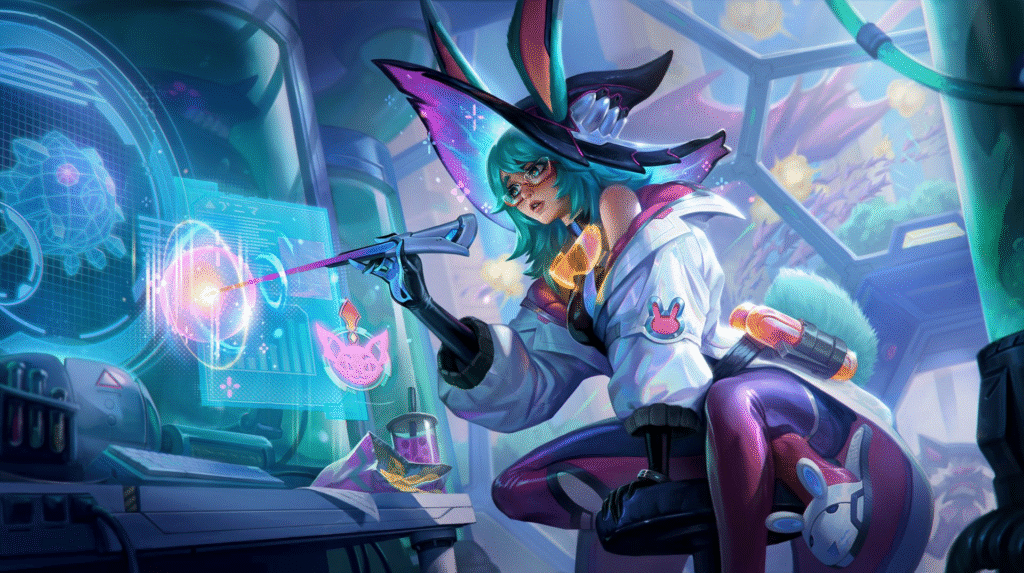
- The successful units had a memorable uniqueness andrichness of play experience that was truly “cyber-city” in design.
- On the other hand, there were some units with remaining issues, and we learned some useful lessons for future Cost5 unit design.
Successful Units
- renecton
- Inspired by the anomaly “Hunger for Power” in “Into the World of Arcane.”
- With the addition of highly satisfying skills and builds, a new fantasy called “Long Crocodile” is born (?).
- aurora
- Designed based on Thresh, Cindra, and multiple cost 5 units from past sets
- Unique performance attacking from the bench to give you a unique sense of strength as a safe scaling carry
- argot
- Garbage disposal unit that spits out the loot (Original text)
- sack
- Introduce a unique mechanic of collecting slime during rerolls
- Thematic affinity for Set14 was also high.
- Designed to make player operation errors less likely to be fatal.
- galen
- Giving allies a completely new ability to give characteristic buffs without a crest.
- Significantly increases the flexibility of the endgame configuration, enabling flexible carry design
Units with remaining issues
- kobuko
- It was a bossy theme that transformed into a second form, but the initial performance was too high.
- Rapid nerfing has lost its appeal and needs a complete reworking.
- In retrospect, they should have been properly weakened at an earlier stage.
- Samira.
- Despite its flashy appearance, it has become buried in other cost 5
- The set was relatively unimpressive because of the many strong stars
- Diego (star in the constellation Perseus)
- The design of summoning enemies defeated in the previous round was fascinating.
- Summoners are weakened to balance the need to use powerful ranged damage skills to defeat enemies
Revival: A Look Back at the Remix Rumble
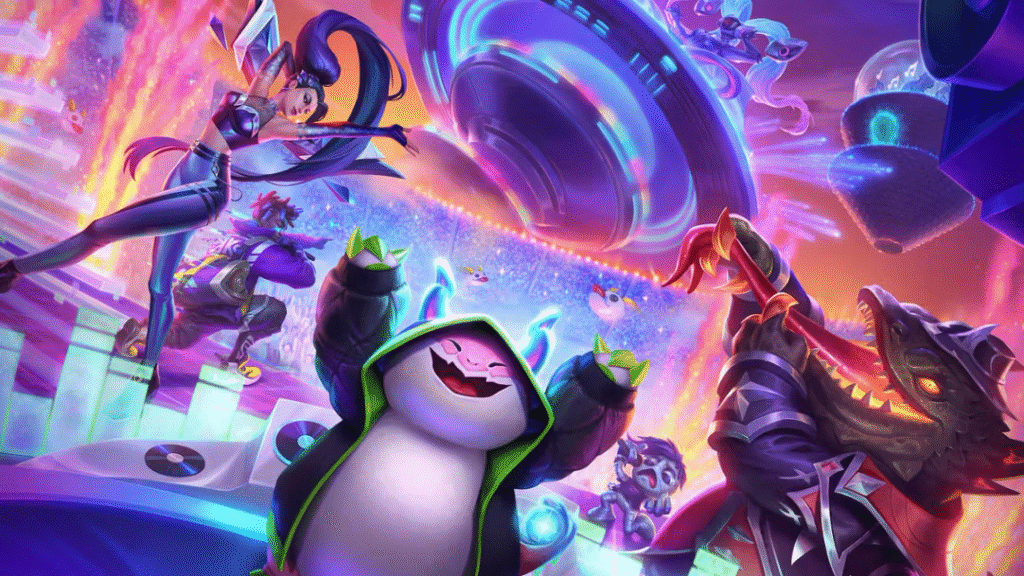
- The return of shared bags has increased the variety of each match and has been well received
- Reduced pool of cost 4 and 5, making it possible to not only aim for ★3, but also to recreate configurations and utilize new augments.
- Musical themes, “headliners” and the return of Heartsteel offer a different “cybercity” experience
- Highest number of players in Revival Mode history in China
- We intend to continue to evolve the revival while emphasizing the freshness of the theme and the variety of ways to play.
impression
This developer blog was not just a behind-the-scenes look, but a valuable record of how the game TFT continues to evolve.
In particular, the developers’ sincere reflections on elements such as hacks, prism characteristics, and reprinted units made us realize that the players’ voices are being heard.
They even touched on the future set design policy, which raised expectations for the next set , “K.O. Colosseum!
As a player, I strongly felt that we should continue to provide transparent feedback like this one.
Quoted from /Dev TFT: Lessons Learned from Cybercity.

I can feel that they are thinking about the users and doing their best to adjust the content.
Thanks to the development team!


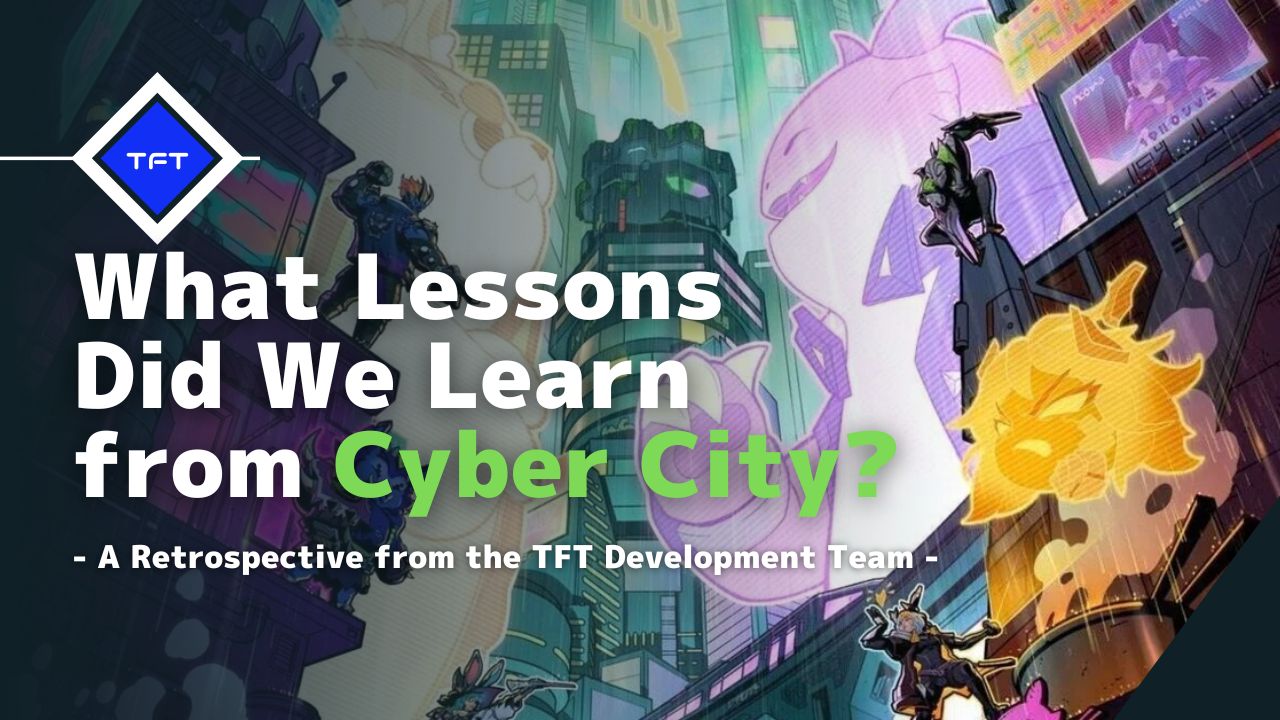


コメント